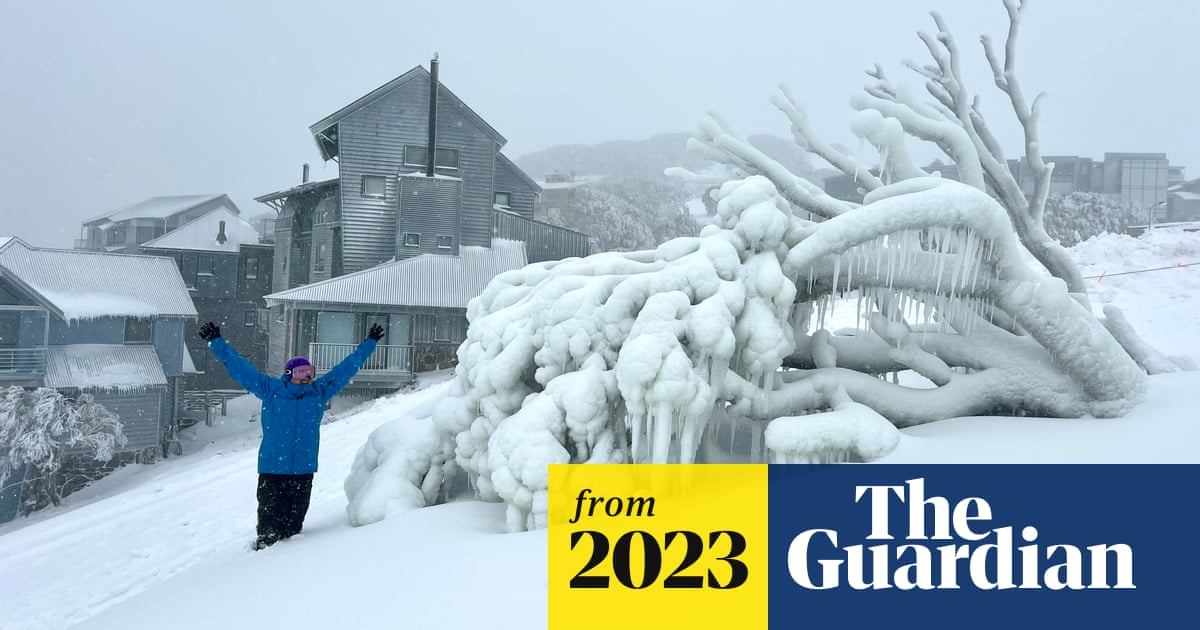Find Out About the Interesting Weather Patterns That Bring Snow In Australia Each Season
Find Out About the Interesting Weather Patterns That Bring Snow In Australia Each Season
Blog Article
Discover the Fascinating Results of Snow in Australia on Local Ecological Communities
Regardless of its online reputation for sun-soaked landscapes, Australia likewise flaunts regions buried by snow-- a phenomenon that greatly influences the country's distinct ecosystems. The shielding buildings of snowflakes shield plants and fauna in the middle of the coldest winters months, while the melting snow nurtures rivers and water life. The actual marvel lies in just how these chilly problems form the country's biodiversity and nutrient cycles. As we untangle this elaborate partnership, we discover ourselves stepping on unexplored grounds in Australia's high country.
The Unforeseen Areas of Snowfall in Australia
Although Australia is typically connected with sun-scorched landscapes and sandy coastlines, specific regions surprisingly experience snowfall. The high nation areas of New South Wales, Victoria, and Tasmania are specifically known for their wintertime snow. The Snowy Mountains in NSW, for example, get plentiful seasonal snow, providing a plain contrast to the country's normal hot, arid climate. At the same time, the Victorian Alps and parts of Tasmania also see annual snowfalls, transforming the landscape into a wintertime heaven. These areas are not simply anomalies but essential parts of Australia's varied environment system. The existence of snow in these regions considerably influences regional communities, subsequently impacting the country's one-of-a-kind biodiversity. The specific influence on Australia's distinctive plants will be talked about in the following section.

Just How Snow Impacts Australia's One-of-a-kind Plants
While it may appear unusual, snowfall in Australia plays a vital duty fit the nation's distinct flora. The snow-filled wintertimes foster durability in Australian plant varieties. This is particularly obvious in the alpine and sub-alpine areas, where snow periodontals and mountain plum-pines flourish. These plants have actually advanced to endure in extreme problems, with snow working as a safety blanket from freezing temperatures and extreme winds. The snow likewise contributes to the wetness content of the soil, providing essential hydration for plant life throughout the completely dry summer season. Fundamentally, the snow influences the timing of flowering and seed dispersal, the development rates, and the survival of numerous plant species, showcasing the detailed interaction between environment and flora in Australia.

The Adaptations of Australian Fauna to Snowfall
Equally as Australia's vegetation has actually adjusted to the wintery conditions, the regional animals too, display exceptional adjustments to the snowfall. Types like the Mountain Pygmy-possum, the only Australian marsupial known to hibernate, have actually progressed strategies to endure in snowy environments. It makes use of the linked here snow as insulation, hibernating in rock gaps below the snow to stay warm. The Snow Skink, a species of lizard, alters its colour to white during winter, supplying camouflage versus killers. Birds such as the Snowy Mountains' Crimson Rosella also change their diet regimens click for info to consume readily available food resources throughout colder durations. Hence, regardless of the extreme problems, Australian animals shows a durable and adaptive nature, guaranteeing their survival in areas experiencing snowfall.
The Function of Snow fit Regional Ecosystems
In forming the neighborhood ecological communities, the duty of snow in Australia is both extensive and multilayered. Snow gives an important water source, feeding rivers and storage tanks as it melts, therefore supporting a selection of water life types. The existence of snow forms the greenery patterns, animal actions, and total sustainability of Australia's one-of-a-kind environments.

The Future of Snowfall in Australia: Forecasts and Effects

Provided the critical role snow plays fit neighborhood communities, the future of snowfall in Australia is attracting increasing interest from conservationists and scientists. Present climate models predict a significant decline in snowfall because of worldwide warming, with possibly extensive effect on neighborhood communities. Much less snow might result in minimized water accessibility in towering regions, adversely influencing wild animals environments and plant. It might alter the timing of seasonal adjustments, interfering with the life cycles of lots of indigenous types. The tourism market, heavily reliant on the winter season snow period, may additionally encounter substantial challenges. Recognizing these forecasts and their go to my site effects is vital to create effective preservation techniques, making certain the conservation of Australia's distinct biodiversity and the sustainability of its economic situation.
Verdict
The function of snow in Australia's communities is crucial yet frequently forgotten. Therefore, the snow in Australia is a lot more than a natural phenomenon; it's an essential player in the country's ecological story.
Regardless of its credibility for sun-soaked landscapes, Australia additionally flaunts regions blanketed by snow-- a sensation that profoundly affects the country's special environments. It utilizes the snow as insulation, hibernating in rock holes underneath the snow to stay cozy - Snow In Australia.In forming the local ecosystems, the function of snow in Australia is both extensive and multilayered. The visibility of snow shapes the greenery patterns, animal habits, and general sustainability of Australia's distinct communities
Provided the critical duty snow plays in forming local ecological communities, the future of snowfall in Australia is drawing enhancing attention from scientists and conservationists.
Report this page